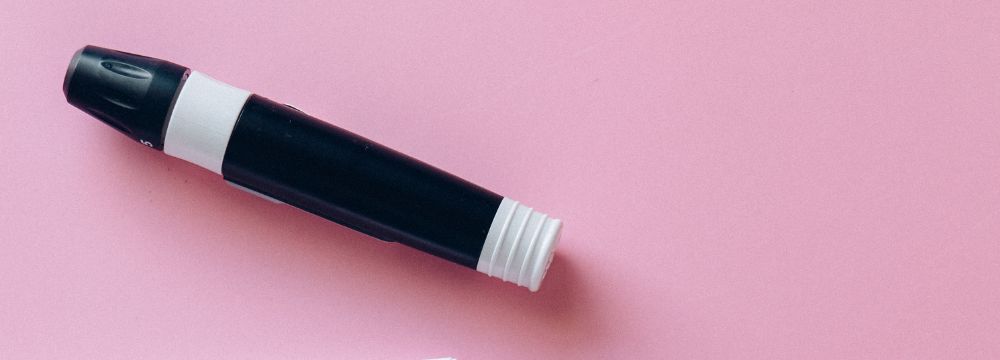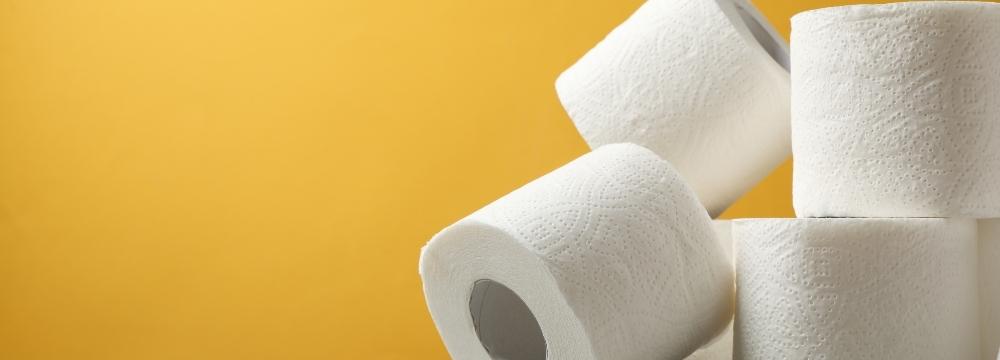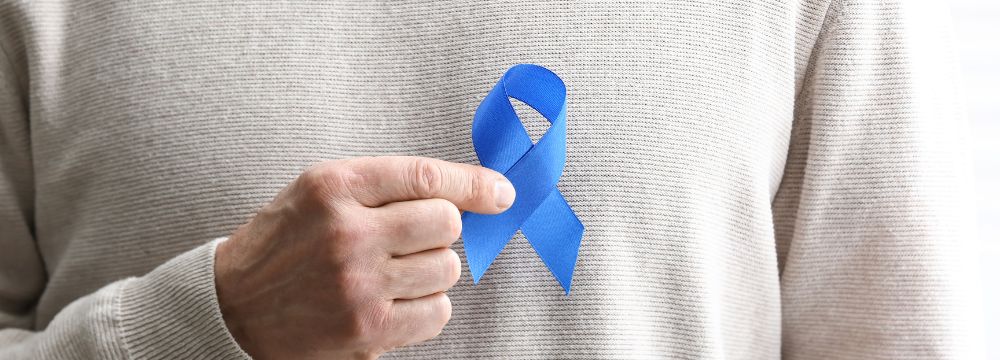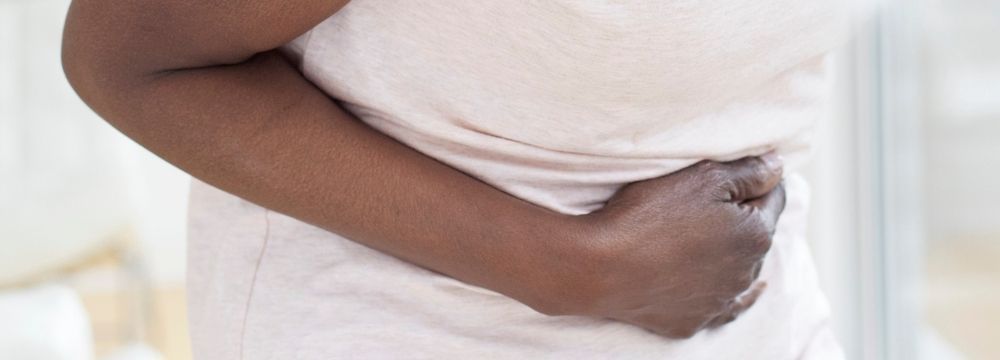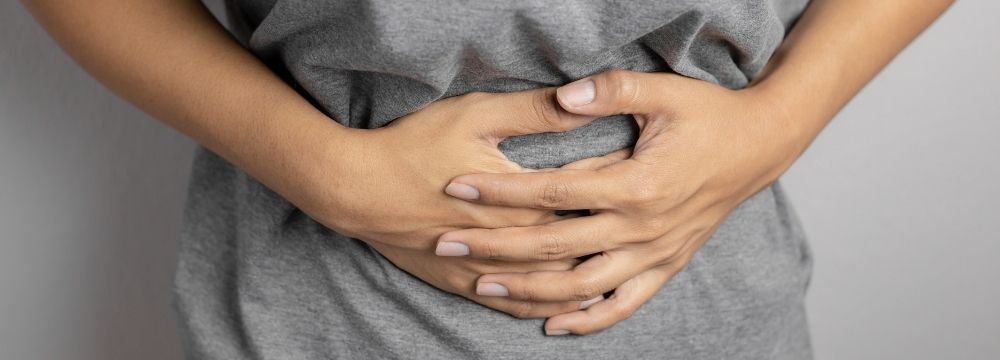Colon & Rectal
Of all the disorders affecting the colon, diverticulosis and diverticulitis are some of the most common. However, these two conditions are unique with very different symptoms and treatments despite the similar name. To understand diverticulosis, you need to know more about the colon. The colon is a wide tube-like structure that starts in the bottom right quadrant of the abdomen, up your right side, across the middle of your upper abdomen and down the left side where it connects to the rectum. The colon collects solid waste and turns it into feces that can be pushed out during a bowel movement. The lining of the colon is typically very smooth.
However, as we age, this smooth lining can start to develop divots or outpouchings. While not necessarily abnormal, and most older patients will have some form of diverticulosis, it is usually caused by a less-than-ideal diet and a lack of fiber. However, while the colon is no longer perfect, diverticulosis does not create significant problems and most patients live with the condition without giving it a second thought. However, diverticulosis can turn into diverticulitis in some patients.
The difference between the conditions is more than the last four letters. Indeed, diverticulitis is a condition that causes one or more of these outpouchings to become infected and inflamed. The result is significant pain, fever and other symptoms that require a visit to your doctor.
Early in the treatment process, we will likely administer oral or intravenous antibiotics to control the infection. You will also be asked to start an appropriate diet to reduce the likelihood of serious complications, which can include perforation of the colon. However, these conservative options do not always work and there is the possibility of turning to surgery to correct diverticulitis.
What Surgery Is for Diverticulitis
The definitive treatment solution for diverticulitis is what is known as a colectomy. During a colectomy, we remove the diseased part of the colon or large intestine leaving behind only healthy colonic tissue. For most patients, this is a relatively straightforward procedure and does not require a colostomy. Even patients who do need a colostomy early on may be candidates for reversing it later. Ultimately, surgery for diverticulitis is performed in a minimally invasive manner and there are relatively few serious complications when in the hands of an experienced surgeon such as those at our practice.
The Bottom Line
If you feel pain or discomfort (commonly in the lower left abdomen), this could be a sign of diverticulitis. More importantly, any abnormal and unexplained abdominal pain should be evaluated by a qualified physician or surgeon urgently to understand what may be causing the problem and determine the best treatment options. Diverticulitis even to where it becomes a emergency situation. Therefore, speaking to your surgeon or medical professional early on can help reduce the recovery time and finding appropriate treatment plan sooner.



